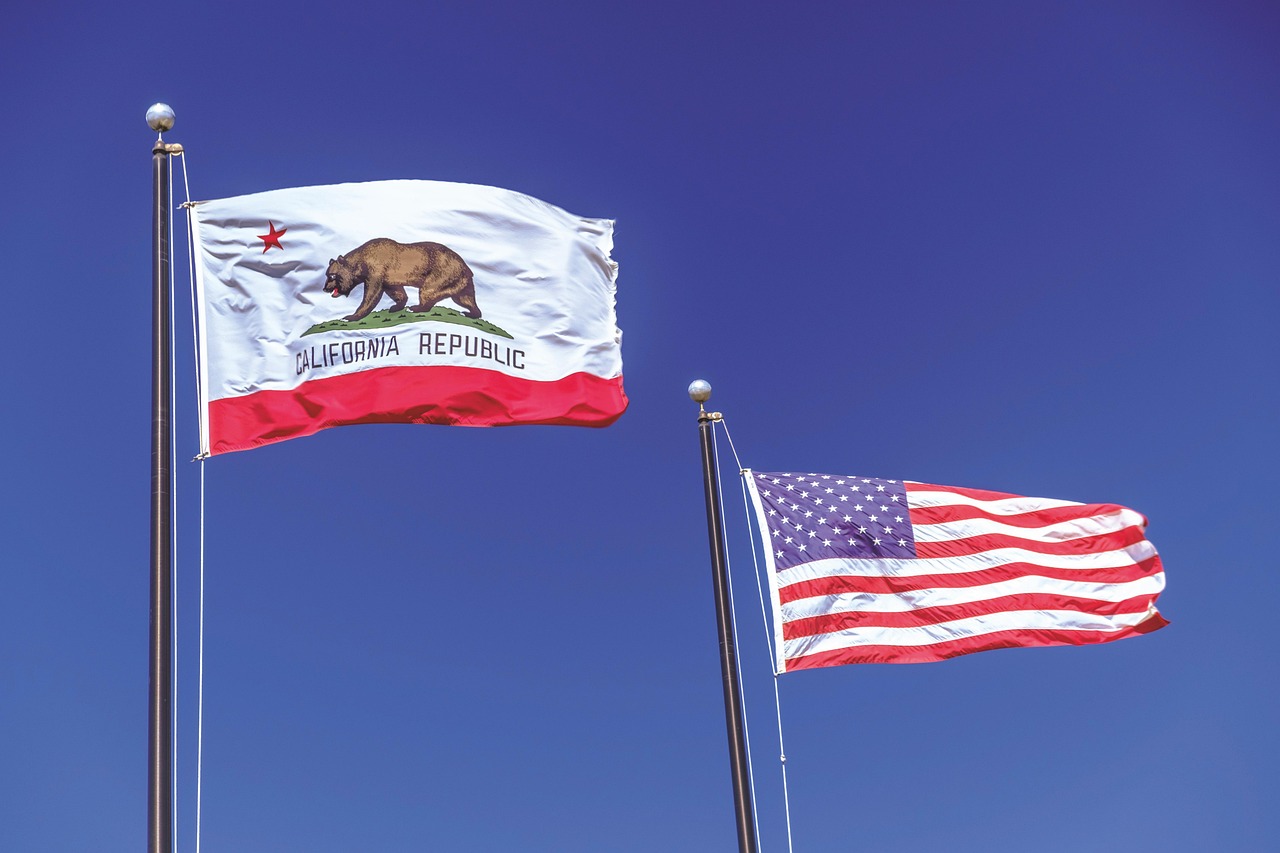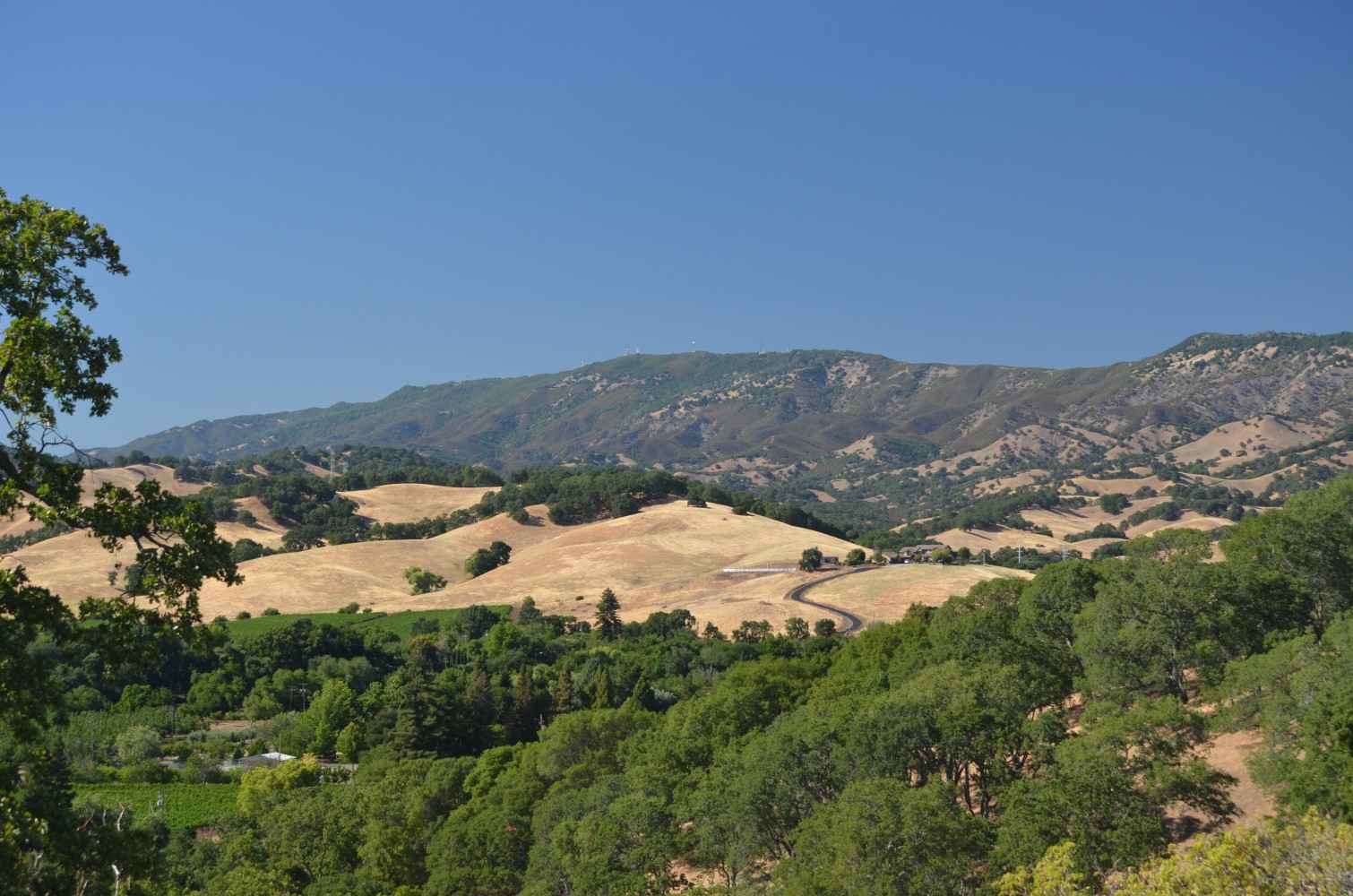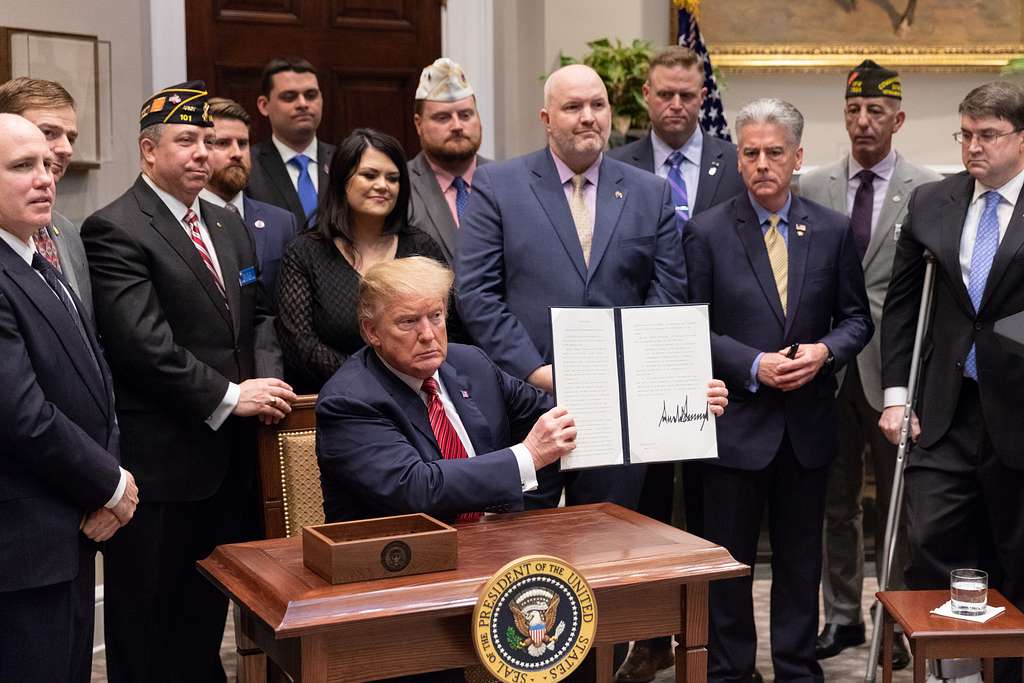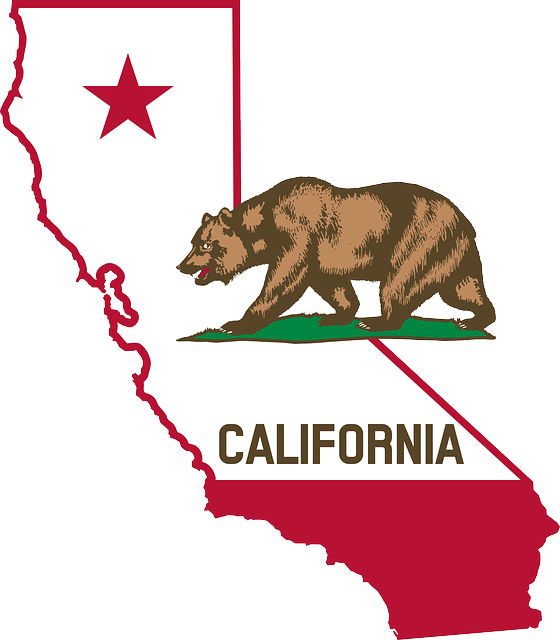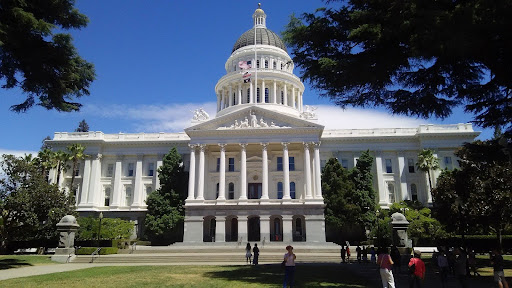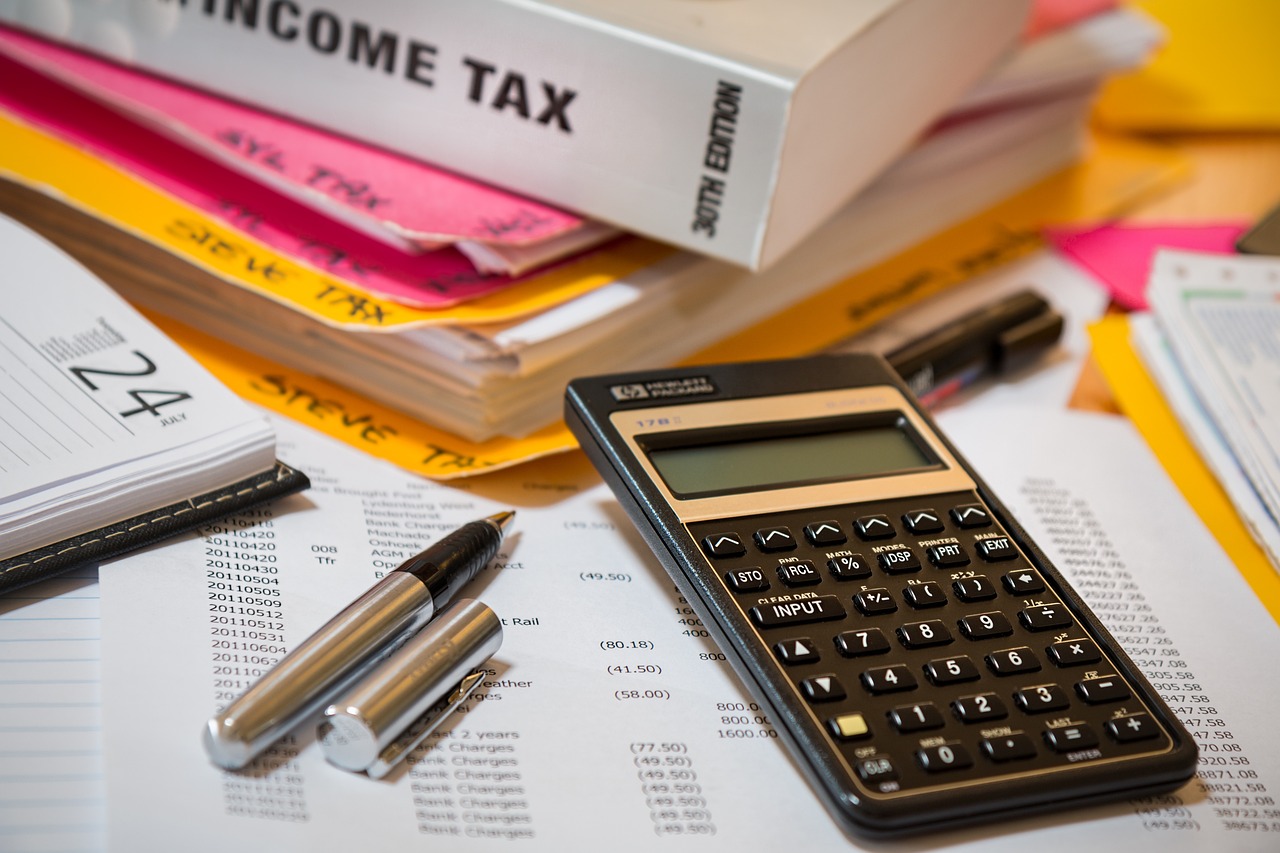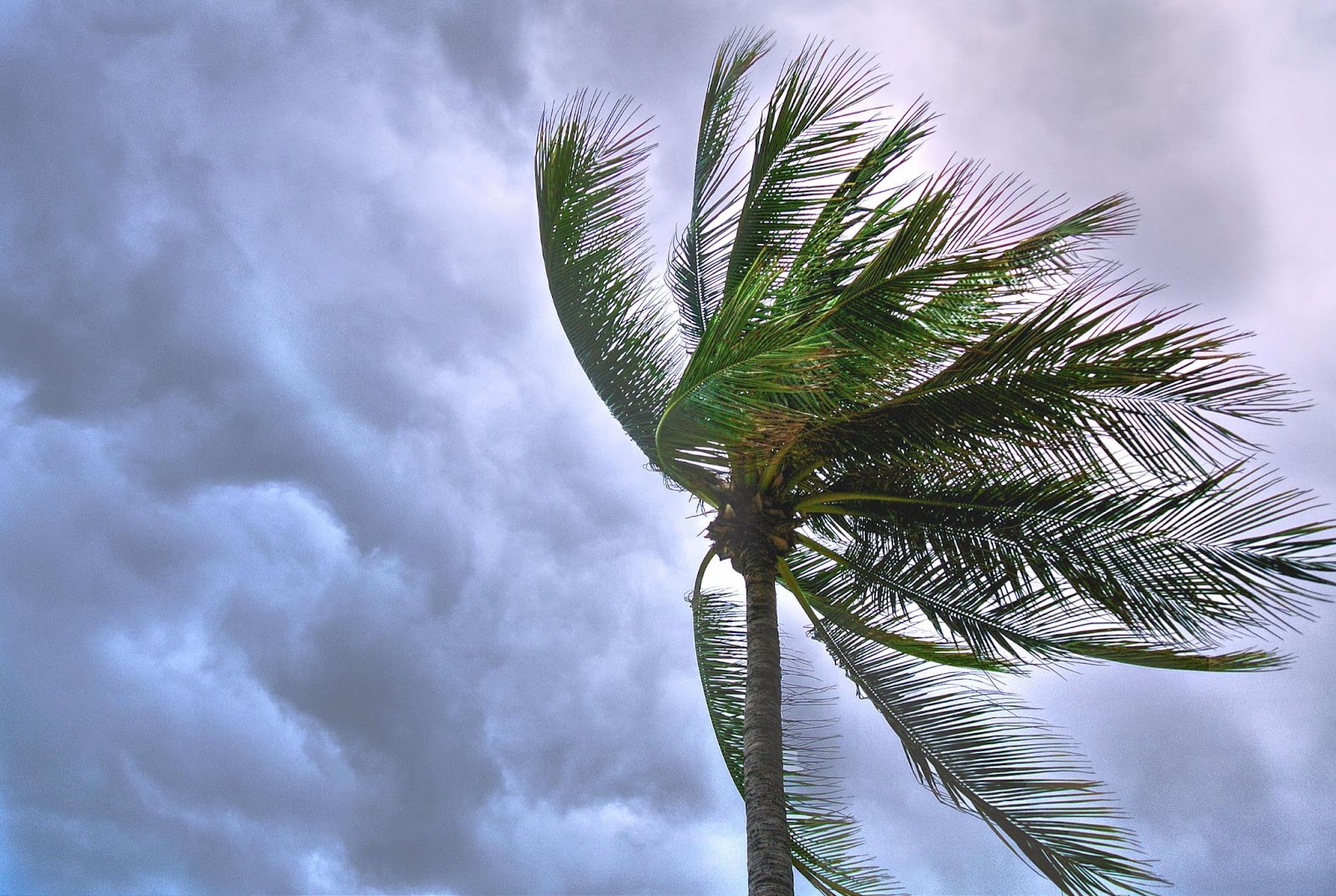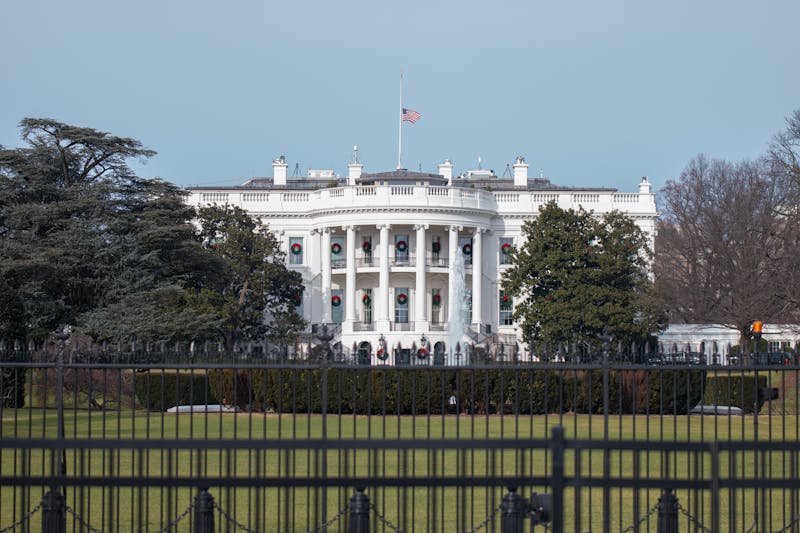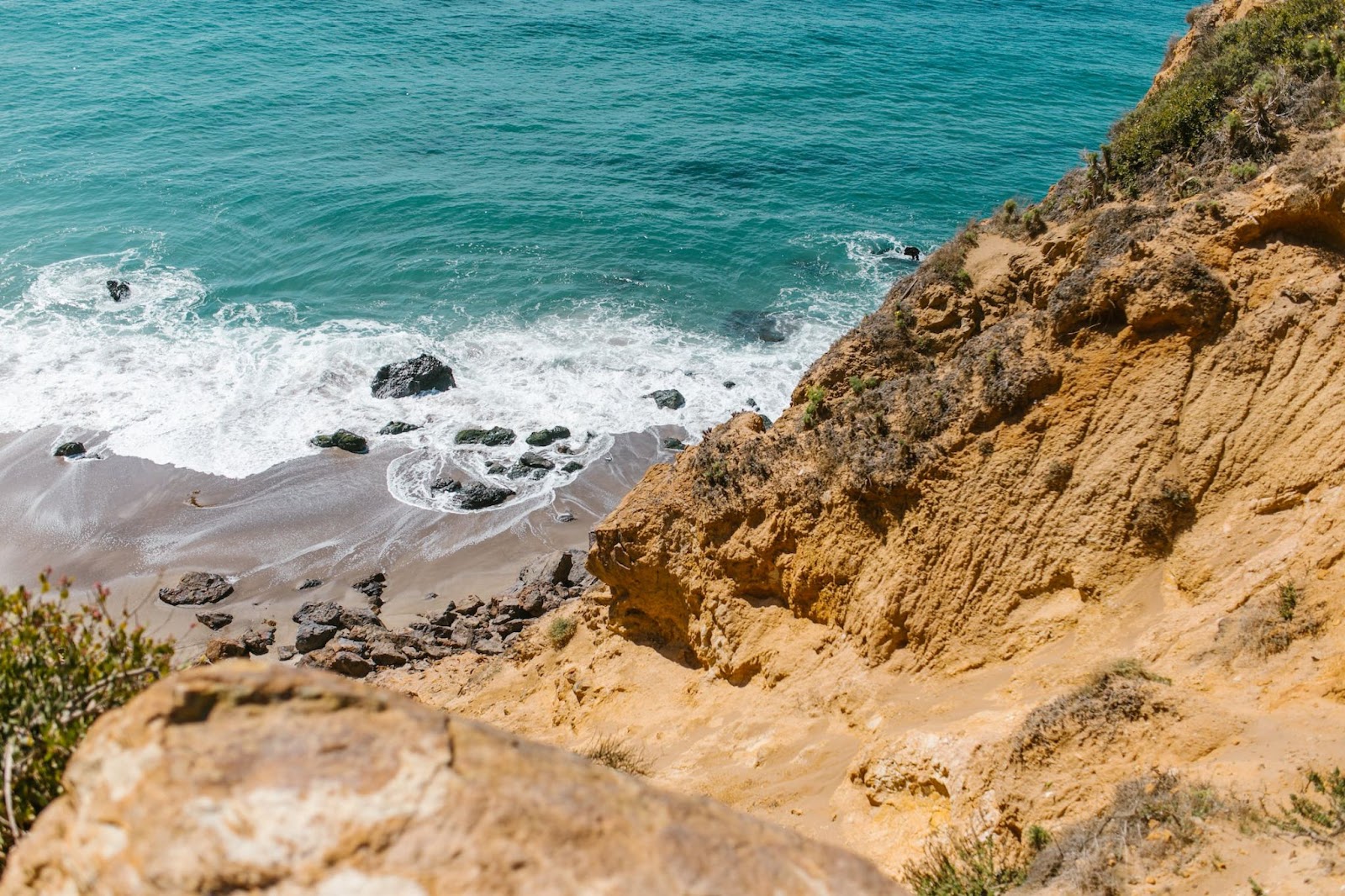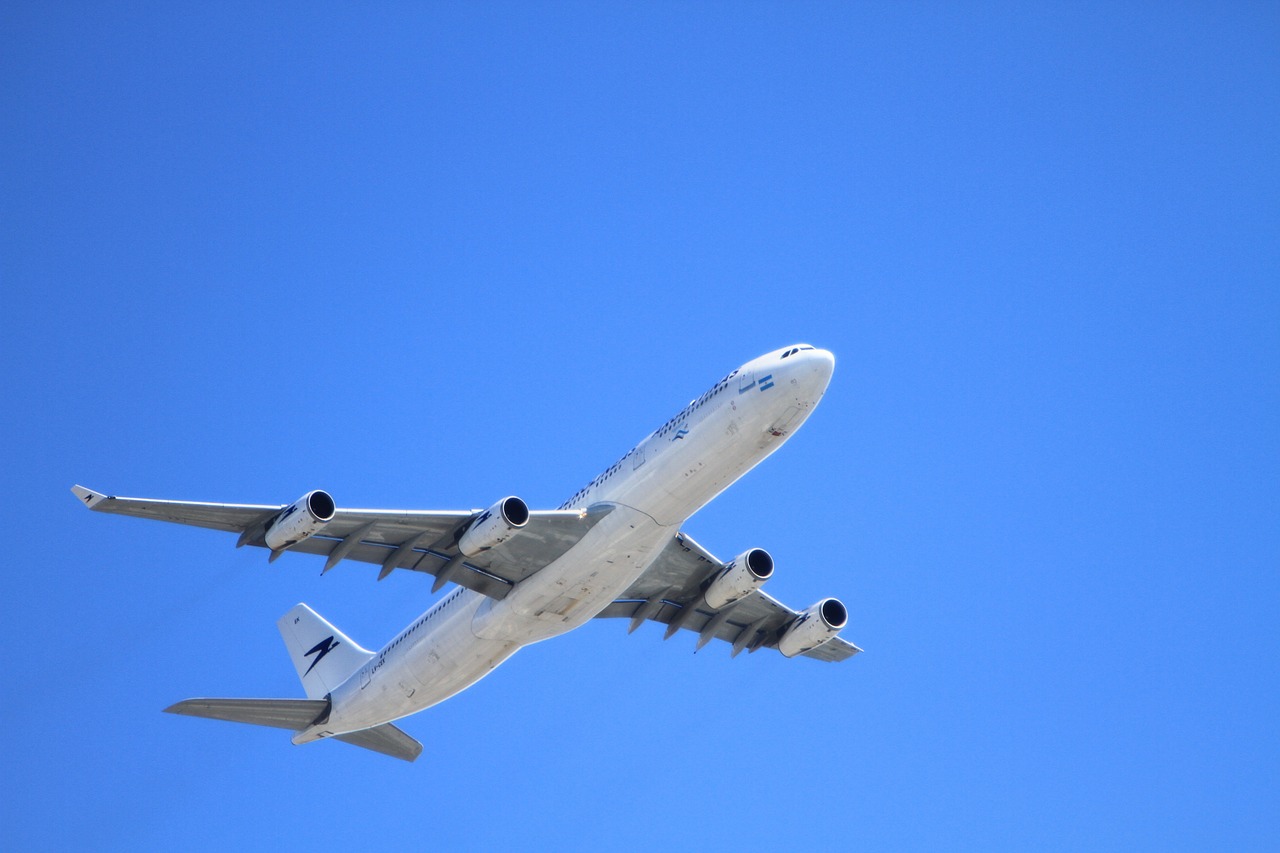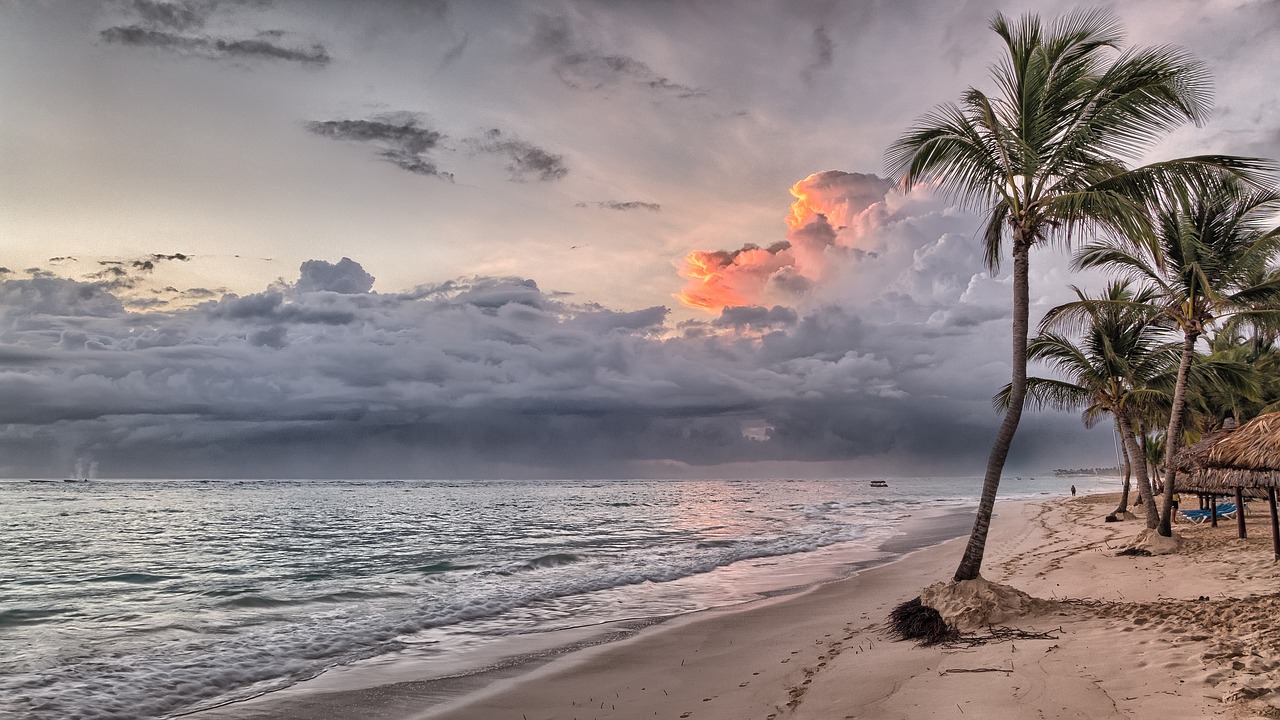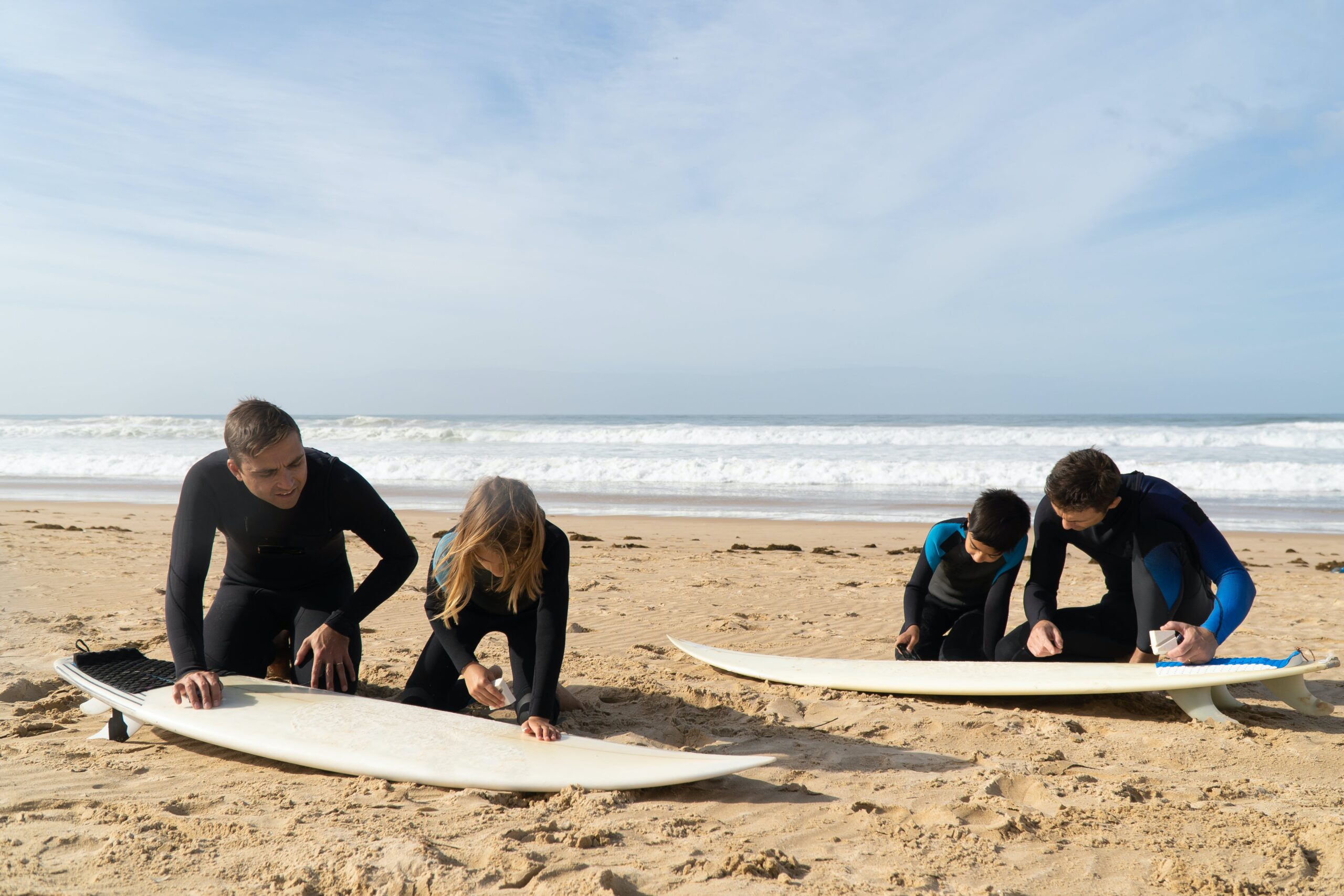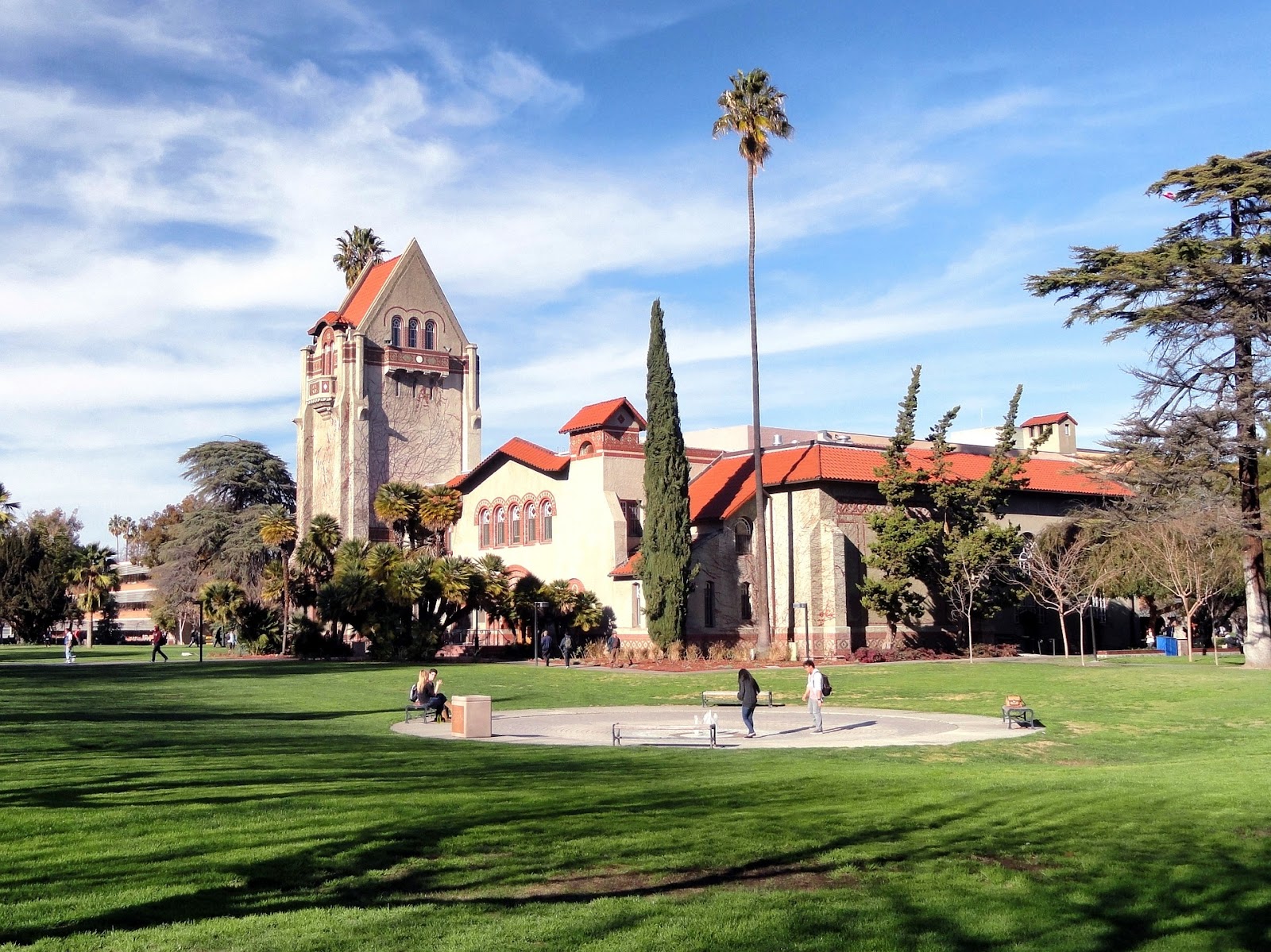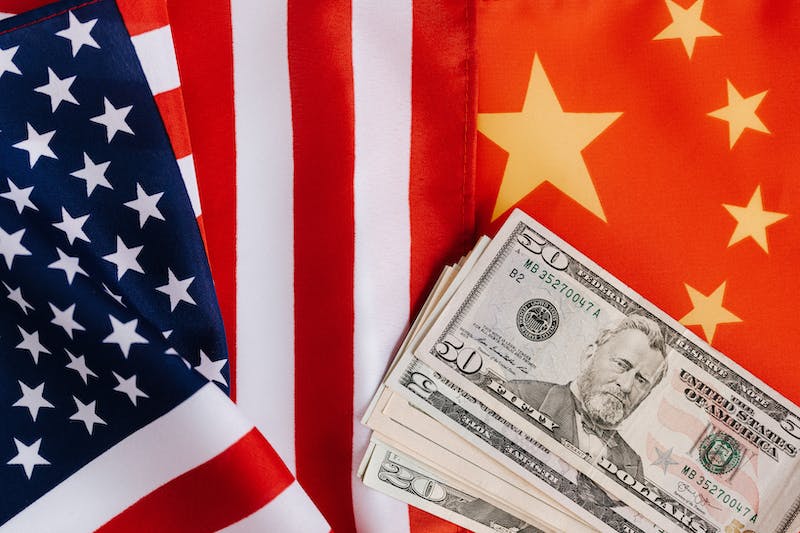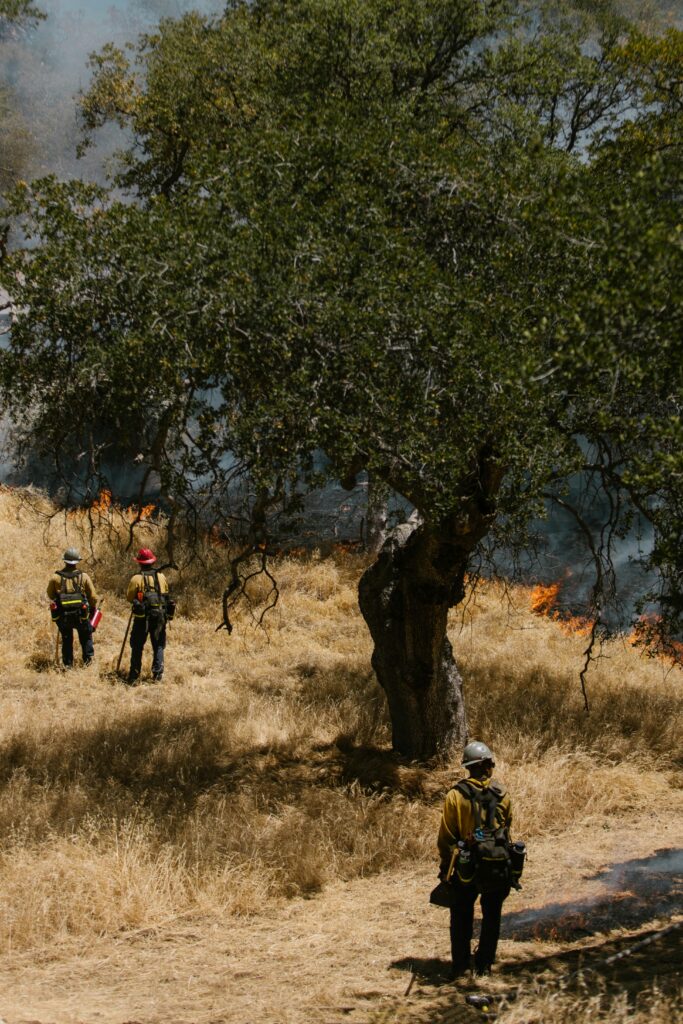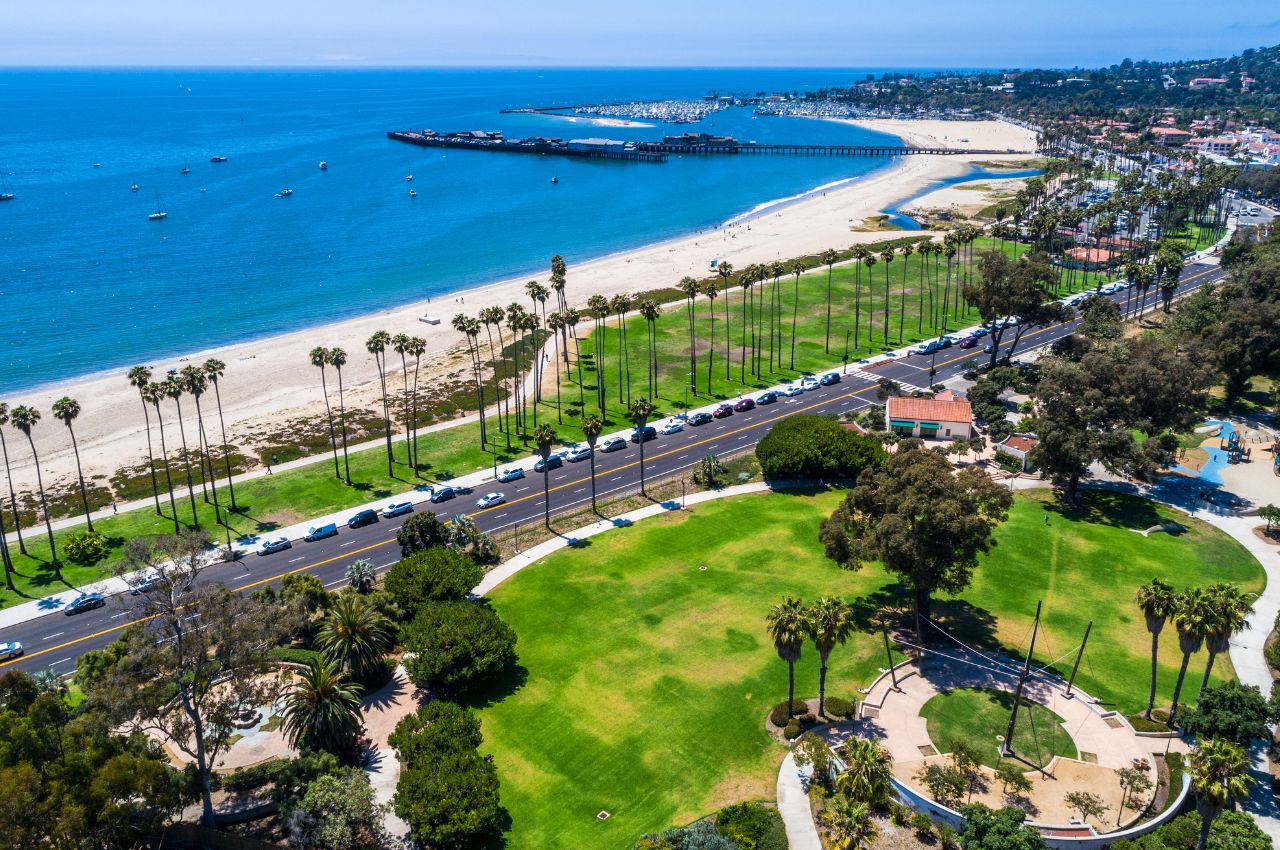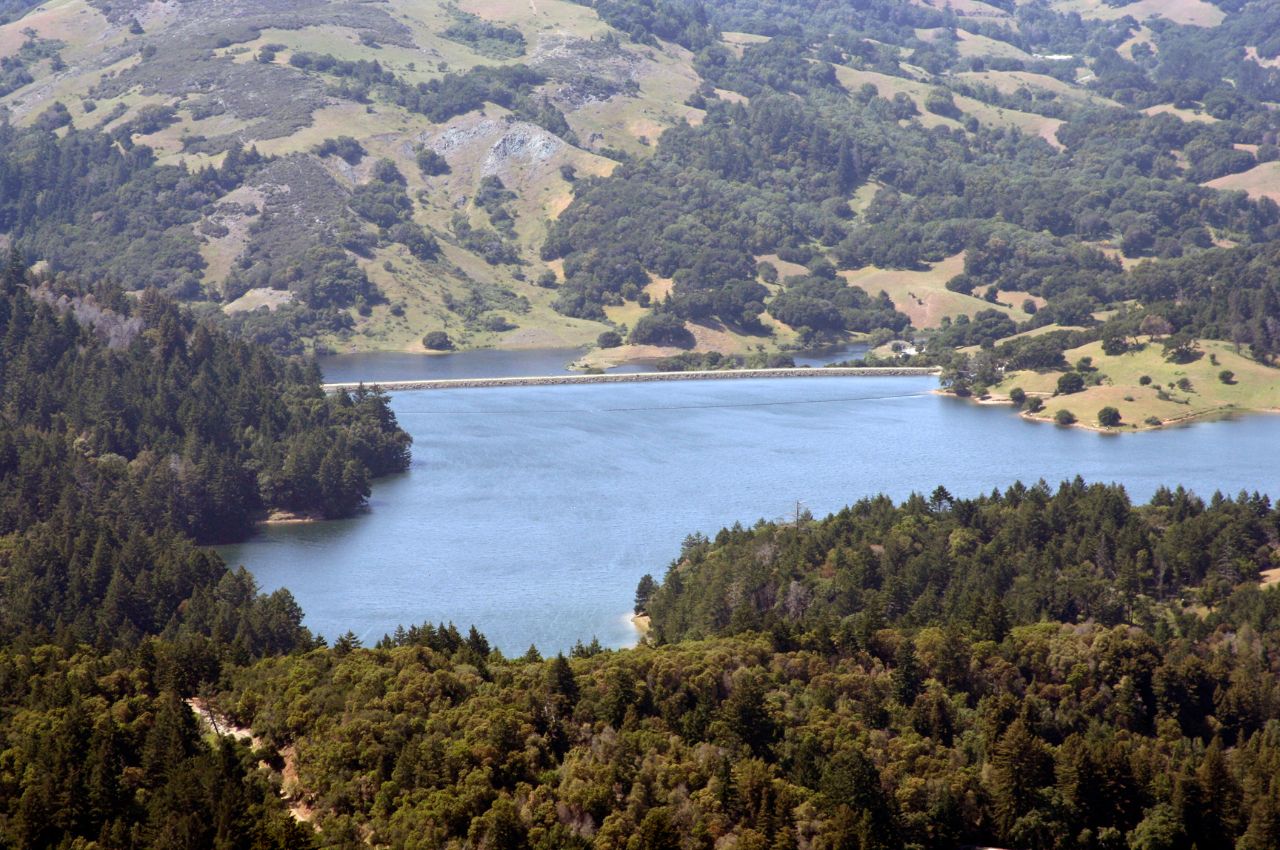California Energy Commission Chair David Hochschild made a historic statement during the COP 28 climate conference: the state has formally joined the Global Offshore Wind Alliance (GOWA). As part of the worldwide renewable energy transition, this coalition of governments and subnational entities has set an ambitious aim to build 380 gigawatts (GW) of offshore wind energy by 2030.
Leading the way in renewable energy projects, California had originally committed to moving to 100 percent clean power by 2045, with ambitions to reach 25 GW of offshore wind generating capacity by then. The state’s determination to promote global collaboration and reach a combined capacity of 2,000 GW by 2050 is demonstrated by its decision to join GOWA.
Chair Hochschild said, “California is proud to partner with other national and subnational governments around the world to bring clean offshore wind power into the mainstream and achieve 2,000 GW worth of capacity by 2050.” This statement reflected the state’s enthusiasm for the cooperation. He underlined that offshore wind technology offers enormous advantages for both the economy and the grid.
GOWA officially began in 2022 and was formed by the Global Wind Energy Council (GWEC), the International Renewable Energy Agency (IRENA), and the Danish Ministry of Climate, Energy, and Utilities. Australia, Denmark, Germany, Japan, the United States, and other nations, dedicated to increasing offshore wind capacity, are among its members.
California is ideally situated for offshore wind projects due to its distinct geographic features. Its membership in GOWA will help to create opportunities for knowledge sharing, policy cooperation, and technical partnerships. Along with information sharing, policy discussions, and technical exchanges, the state has committed to working with other GOWA members to fortify supply chains and gain insights from worldwide best practices.
The financial advantages of offshore wind generation are anticipated to materialize via investments in waterfront and seaport infrastructure. $10.5 million in financing was granted by the California Energy Commission (CEC) in March 2022 for repairs to the Port of Humboldt Bay.
In December 2022, the first offshore wind lease sale was held by the Bureau of Ocean Energy Management off the North and Central Coasts of California. The awarding of five leaseholders was a significant milestone in the growth of California’s offshore wind sector.
A major component of California’s offshore wind plan is job development. Many well-paying positions in local and regional manufacturing, supply chain, and allied industries are expected to be created, according to a research published in December 2022, titled, “A Preliminary Assessment of Economic Benefits of Offshore Wind.” Assembly Bill (AB) 525, which oversees the state’s Offshore Wind Strategic Plan, is essential in directing these advancements.
In an effort to boost efforts to provide Americans with cleaner, more affordable energy, generate employment, and construct an American offshore wind supply chain, California joined a federal-state cooperation chaired by the White House in February 2023. February 2023 saw a formal relationship established between the Danish generation Agency and the CEC, with the aim of exchanging data, best practices, experiences, and information about offshore wind generation.
The CEC accepted a report in May 2023 that outlined possibilities for an organized and effective offshore wind permitting system with the goal of streamlining the permitting and environmental assessment process. Projects in the region will be among the first in the world to use floating platforms because of the difficult underwater topography off the coast of California.
An offshore wind energy conference was organized by the CEC in May 2023 with a workshop by the US Department of Energy. This was an effort to promote cooperation and information exchange. In addition to leveraging global experiences, the symposium sought to identify critical success elements for the first West Coast floating offshore wind projects and to explore strategies to develop floating offshore wind.















